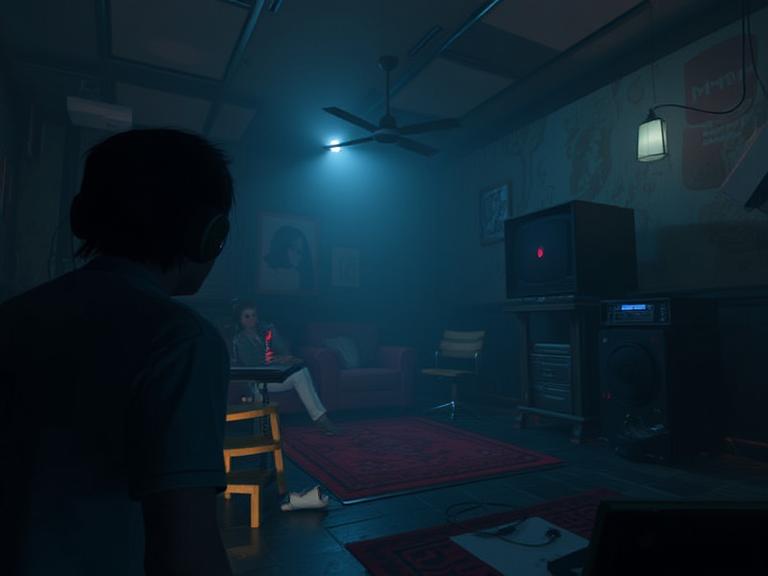Ask any horror fan what makes a game truly terrifying, and chances are they’ll mention the sound. While visuals provide the setting, it’s the sound design that brings horror games to life — or death. Titles like Silent Hill 2, Dead Space, and Amnesia: The Dark Descent owe much of their fear factor to the eerie, atmospheric, and meticulously crafted audio.
Sound in horror games isn’t just about jump scares — it’s about building sustained dread. Subtle cues like distant footsteps, creaking floors, distorted whispers, or the hum of unseen machinery evoke a sense of presence that visuals alone can’t achieve. The best horror games use sound to make the player feel watched, even in moments of stillness.
Dynamic sound is also critical. Many games employ adaptive audio that reacts to the player’s actions. Entering a dark hallway may cause the ambient noise to shift, the music to swell, or heartbeat effects to kick in. This dynamic system creates tension by signaling danger without revealing its source.
Silence is just as important. A sudden lack of sound can be just as unsettling as a loud crash. The absence of noise triggers the brain to fill in the gaps, increasing psychological tension.
Great horror game sound design taps into primal fears and uses frequency, distortion, and pacing to manipulate emotion. In a genre where less is often more, what you hear — or don’t hear — is often more terrifying than what you see.
